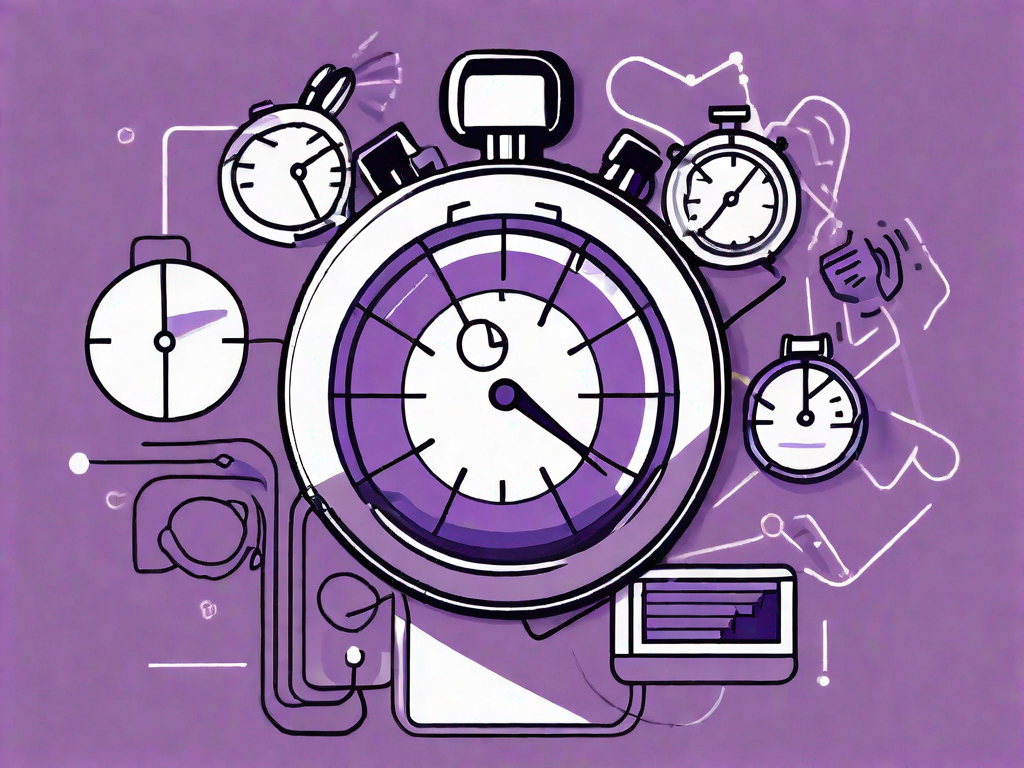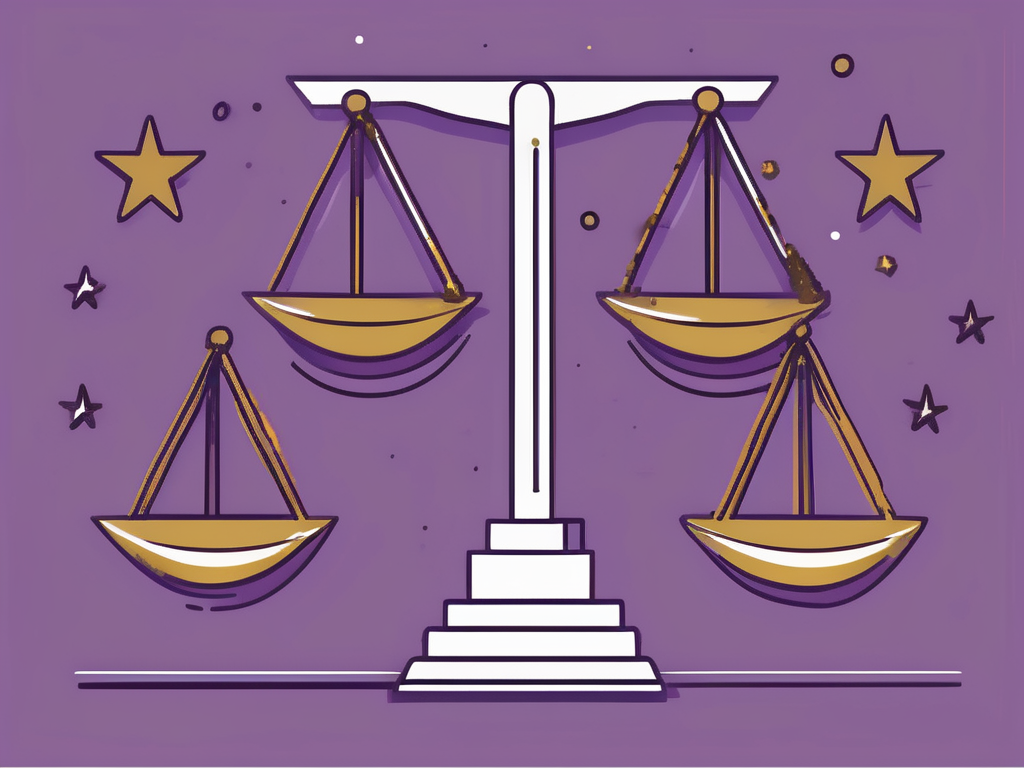Cut Training Time of Call Center Agents to 1 Week
10 Oct 2023 By: Michael Kansky
Updated
In today’s fast customer service world, quick training of call center agents is vital to meet customer needs and market changes. Old training methods, taking 4-6 weeks, don’t fit modern fast businesses. This article unveils new strategies to cut training from weeks to days. With new methods, tech, and focusing on agent readiness, companies can greatly boost customer happiness and loyalty, cut costs, and improve efficiency.

The Benefits of Quicker Training for Customer Service Agents
Cutting down training time for customer service agents offers big benefits. It lets businesses quickly adjust to market shifts and customer needs. By speeding up agent training, companies make sure they’re ready to quickly answer and solve customer issues.
For example, let’s imagine a company’s new product is a big hit. With shorter training, agents quickly learn about the product, giving customers precise info from the start. This boosts customer experience and the company’s image as a trusted, informed brand.
Secondly, shorter training cuts training costs. Old methods need outside trainers or use a lot of internal resources for a long time. Streamlined, quick training saves companies time and money.
Training Cost Formula
A basic formula that you could use to calculate the call center agent cost would be:
HelpSquad
Cost of Training = (Trainer’s Hourly Wage x Hours Spent Training) + (Trainee’s Hourly Wage x Training Duration in Hours) + cost of materials + any additional operational costs.
So, if a trainer makes $25/hour and spends 40 hours over the course of 4 weeks training, and the trainee makes $15/hour and spends 160 hours in this duration of their training, the formula might look like:
($25 x 40) + ($15 x 160) + cost of materials + operational costs.
($4000+ per agent)
If a company grows its customer service team for more demand, faster training helps onboard new agents quicker. This reduces hiring outside trainers or using too many internal resources, saving costs and letting the company scale its service operations more efficiently.
Additionally, faster training boosts overall efficiency. With agents ready sooner, companies can respond faster and offer better service. This leads to happier customers and higher retention rates.
Furthermore, faster training also improves employee morale. Agents who quickly learn needed skills feel more confident and empowered. This boosts their job satisfaction and motivation, leading to greater productivity and performance.
In summary, cutting training time for customer service agents offers many advantages. It helps businesses adapt, saves costs, boosts efficiency, and improves employee morale. Faster training leads to better service and overall success.
You might want to take a look at this
✔ Innovative Strategies for Training Call Center Agents
✔ HIPAA Compliance for Outsourced Healthcare Services
✔ The Ultimate Guide to Hiring Virtual Assistants
5 Strategies to Reduce Training Time for Customer Service Agents
Implementing the following strategies can help companies cut down the training time for customer service agents:
- Online Training Platforms: Use online training platforms with interactive modules, quizzes, and videos. These let agents learn at their own pace in a flexible environment. Avoid dull LMS systems; they don’t work well. Seek out engaging, game-like systems like the Thank You For Calling quiz system.
- Simulated Scenarios 🤖: Use simulated scenarios for agents to practice real customer interactions. This prepares them for different situations they might face at work.
- Peer Training: Promote learning between peers, where seasoned agents mentor newcomers. This eases trainer workload and builds a team spirit. LiveHelpNow‘s Whisper Technology lets peers train stealthily, unseen by customers.
- Continuous Learning Programs 🤖: Start continuous learning programs for ongoing training and development. This keeps agents current with industry trends and top customer service methods.
- Data-Driven Insights 🤖: Use data analytics to find common customer questions and problems. Tailor training to these areas to make training time more effective and focus on key customer service parts.
The Role of Generative AI in Streamlining Customer Service Agent Training
AI advancements have changed many industries, including customer service. Generative AI offers big potential to make agent training more efficient.
Generative AI can study many customer interactions, spot patterns, and offer insights. Companies use these insights to create training that solves common issues and boosts agent performance.
Furthermore, generative AI also allows for personalized training. It understands each agent’s strengths and weaknesses and suggests modules or exercises for them. This optimizes training time and ensures agents get the most relevant content.
LiveHelpNow
Here, at HelpSquad, we use LiveHelpNow call center software, mainly for 2 reasons:
- The LiveHelpNow platform supports unlimited brands with one account. As a BPO service with many clients, managing them under one system makes onboarding and supervision more efficient.
- LiveHelpNow’s AI capabilities analyzes every interaction in real time, spotting intent, questions, and solutions. This powers automated training, continuous learning, and data insights. Hue, an assistant feature, helps agents by using past data, FAQs, and more, getting new hires ready in just three days.
Trending Now
An article from SecondNature discusses how AI transforms call center and BPO training, making it more effective while cutting costs and time. AI allows for scalable, personalized learning without extra staff. It creates real role-play, gives instant feedback, and adjusts to learners’ styles, speeding up skill learning. AI ensures even training quality and supports remote learning, key in today’s work-from-home trend. It automates tasks, offers insights, and improves training focus. AI integration results in skilled agents, better customer service, and enhanced efficiency.
Re-Thinking Training for Customer Service Agents
Businesses must rethink old training methods to slash agent training time. Using microlearning and gamification can make training more engaging and manageable for agents.
Microlearning breaks training into small parts for quick completion. It lets agents learn anytime, making training easy to access and less daunting.
Gamification adds game elements to training, like challenges and rewards. This boosts agent motivation, engagement, and learning retention.
Furthermore, using VR and AR gives agents realistic training experiences. These simulations let agents practice in a safe setting, speeding up learning.
From 6 Weeks to 1 Week to 1 Day Training Program via Continuous Learning Program
The future of agent training is in ongoing learning. Traditional training misses that learning doesn’t stop after the start. Continuous learning fosters a culture of constant growth and improvement.
Ongoing learning programs offer continuous training, refreshers, and knowledge sharing. These initiatives let agents keep learning and improving their skills.
Picture agents finishing initial training in a week. With ongoing learning, they enhance their skills so much that a year’s training could fit into one day.
Embracing ongoing learning and new technologies can transform agent training, reducing it to a fraction of its original time.
Conclusion
In conclusion, cutting customer service agent training time is key in today’s customer-focused business world. Adopting new strategies, using AI, and rethinking old training methods can streamline training and ready agents for success. Continuous learning is the future, enabling agents to always grow and provide top customer service.
“Training is not an expense, but an investment in human capital.”
– Roy H. Williams
Ready to elevate your customer service training time? Look no further than HelpSquad BPO. Our dedicated virtual assistants and 24/7 customer service team are here to provide exceptional support, streamline your back-office operations, and conduct thorough research—all at a competitive rate starting at just $8.50 per hour. Don’t miss out on the opportunity to enhance your customer satisfaction and drive business growth. Start your trial today and experience the HelpSquad difference!
Related Blogs
 23 Jul
23 Jul chat support outsourcing
Personalized Support: Key to Chat Service Company Success
Exceptional customer support is vital for a chat service company’s success. Personalized support sets companies apart. Recognizing its importance helps chat service providers thrive. Understanding the Importance of Personalized Customer Support Personalization is key in customer support. It means tailoring the support to each customer’s needs and preferences. This helps a chat service company build … Continued
 22 Jul
22 Jul Business Process Outsourcing
The Pros and Cons of Outsourcing
Outsourcing helps businesses get extra help for their tasks. It has ups and downs. Knowing these helps businesses make smart choices. This article will break down what outsourcing means and how it’s evolved. We’ll explore its good and bad sides, giving you a clear picture of what to expect. Plus, we’ll share tips on what … Continued
 16 Jul
16 Jul Business Process Outsourcing
What is Great Customer Service?
Customer service is vital for business success, building strong relationships and ensuring satisfaction. This article explores what makes great customer service stand out, offering strategies to enhance service quality and measure its effectiveness. Understanding the Basics Defining Customer Service Before we explore great customer service, let’s define it. Customer service means helping customers before, during, … Continued